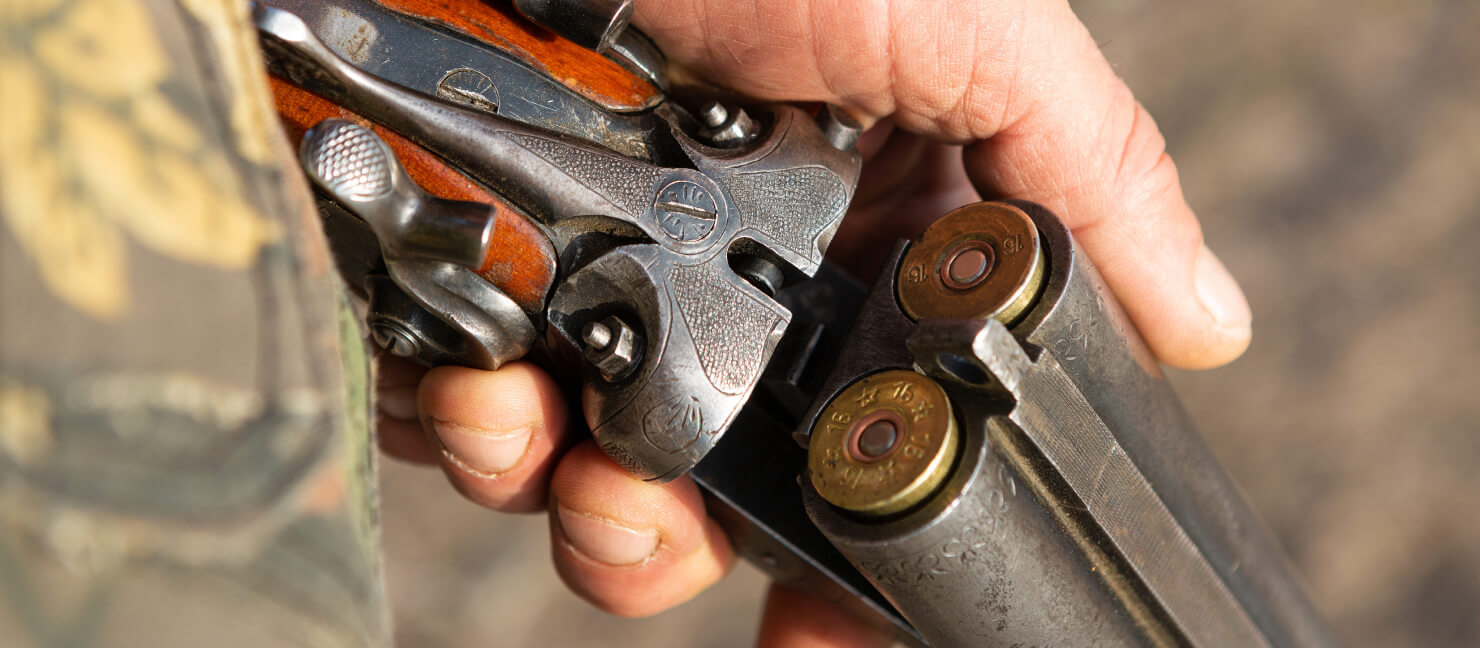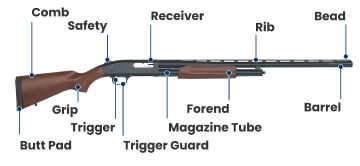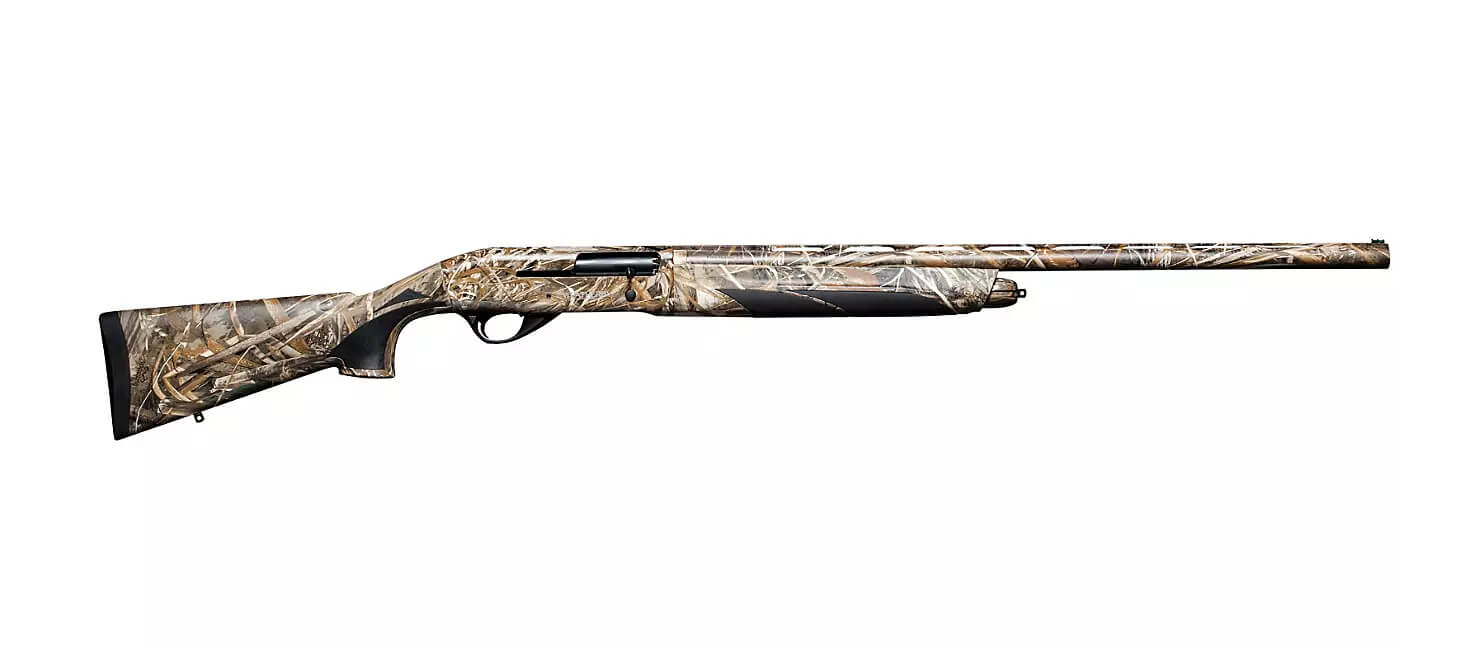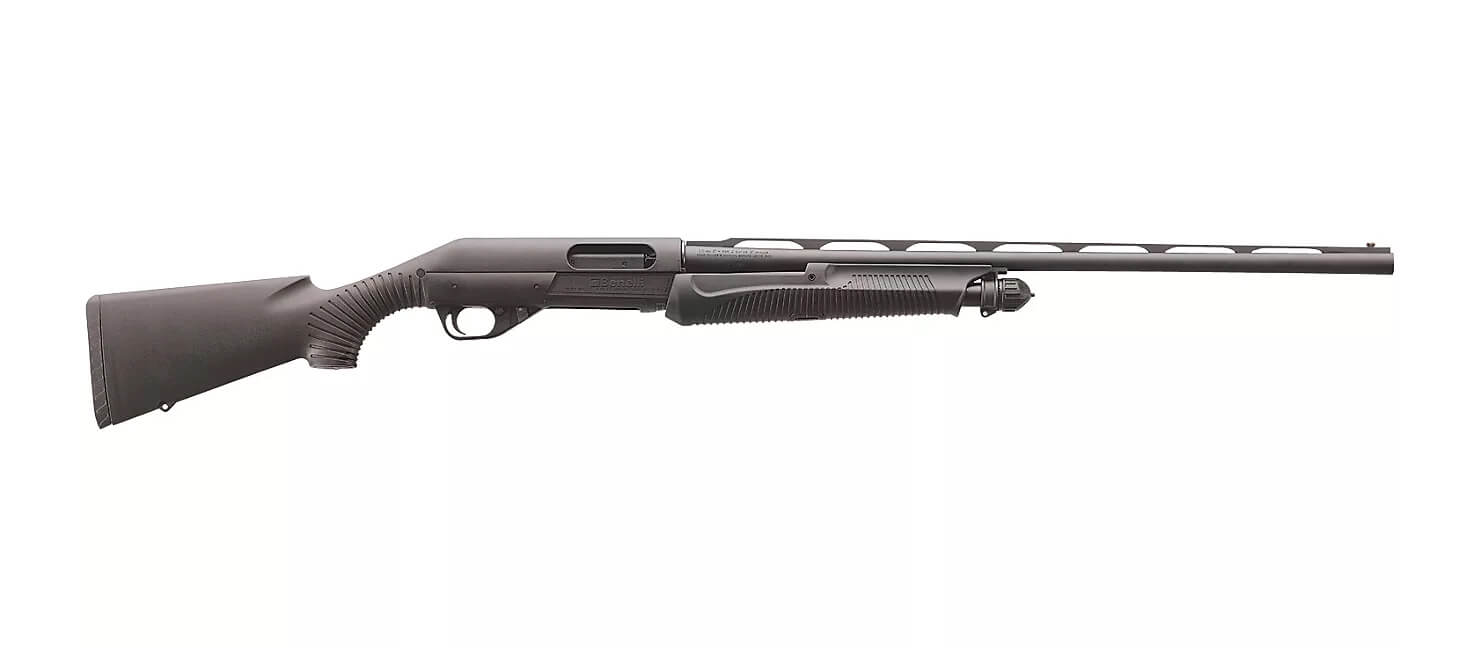Shotgun Types: Pump-Action vs Break-Action vs Semi-Automatic

Before you aim and shoot, research is key. Your shotgun choice greatly affects your shooting experience. Whether it's semi-automatics, pump-actions, or break-actions, each has its own strengths. In this guide, you’ll learn all about how to find the perfect match for your shooting needs!
Key Takeaways
- What Is a Shotgun? A shotgun features a long barrel and is available in different styles and gauges.
- Different Types of Shotguns: Semi-automatics automatically chamber the next shell after firing. Pump-action shotguns require manual operation to cycle shells. For break-action, you’ll need to open the gun's frame to load the chamber.
- Shotgun Barrel Layouts: Double barrel guns are available in either over-under or side-by-side styles. Single barrels are used for trap shooting and hunting.
- Understanding Shotgun Gauges: Shotgun gauges have an inverse relationship with ammo size. The 10, 12, and 16 gauges are ideal for hunting an array of game. The 20, 28, and .410 are better suited for smaller game.
- Shotguns Types: FAQs: Beginners tend to favor the pump-action for its lightweight design. Opt for a 12-gauge when hunting turkey and deer. A 20-gauge is ideal for upland birds and home defense.
What Is a Shotgun?
A shotgun is a type of long gun. Its smooth bore sets it apart from rifles that have spiral grooves inside their barrels. These firearms come in various gauges — with the 12 and 20-gauge being the most popular. To better understand the general anatomy of a shotgun, take a look at our guide below:

Types of Shotguns: Key Differences
The three main types of shotguns on the market today are semi-automatics, pump-action, and break-action. How the ammunition loads determines a shotgun’s group. Each of these types of shotguns offers a distinct handling experience, varying recoil levels, and unique operational characteristics.
| Types of Shotguns Explained | |||
|---|---|---|---|
| Category | Semiautomatic | Pump-Action | Break-Action |
| Mechanism | Uses energy from the previous shot to eject the spent shell and chamber the next round | Shooter manually operates the action by sliding the fore-end backward and then forward | A hinged frame that opens to expose the breech; typically has 1 or 2 barrels |
| Barrel Type | Single barrel | Single barrel | Single, over/under, or side-by-side |
| Capacity | Higher than break-action, can vary depending on model | Can vary but often holds more rounds than break-action | Usually has 1 or 2 shells depending on whether it’s a single or double barrel |
| Reliability | Very reliable | Highly reliable, less sensitive to ammo types | Extremely reliable thanks to its simplicity |
| Maintenance | Requires regular cleaning | Requires regular cleaning, less complex than semi-automatics | Requires the least maintenance due to its simple design |
| Use Cases | Sport shooting, hunting, and tactical applications | Hunting, sport shooting, home defense | Hunting, sport shooting, skeet & trap |
| Ease of Use | Moderate to experienced | Beginner to experienced | Beginner to experienced |
| Price Range | Can be more expensive due to its complex mechanism | Less expensive than semi-automatic but more than break-actions | Can range from very affordable to expensive, depending on the model |
Semi-Automatic Shotguns

Semi-automatic shotguns offer rapid firing capabilities with reduced recoil. They also harness the energy from a fired shell to prepare the gun for the next shot — making them efficient and user-friendly.
-
Self-Loading Mechanism: After firing a round, the semi-automatic shotgun uses the energy from that shot to eject the spent shell, load a new one, and reset itself for the next trigger pull.
-
High Rate of Fire: These shotguns allow for quick successive shots.
-
Reduced Recoil: Compared to pump-action shotguns, semi-automatics generally offer a gentler recoil. This can enhance the overall shooting experience.
-
Precision and Speed: The design facilitates quick follow-up shots, allowing shooters to maintain their aim and stay on target more easily.
-
Complexity and Cost: Due to their intricate mechanisms, semi-automatic shotguns can be more expensive and come with more components.
-
Maintenance Needs: While they offer many advantages, these shotguns can be more challenging to clean and disassemble. Regular cleaning is crucial as they can jam if not maintained properly.
Pump-Action Shotguns

Pump-action shotguns are a classic choice among firearm enthusiasts and are known for their reliability and straightforward mechanics. By manually operating the sliding fore-end, shooters can cycle through rounds with a tactile and rhythmic motion.
-
Manual Operation: The shooter uses a sliding fore-end to eject a spent shell, reset the firing pin, and chamber a new round. This gives you direct control over the gun's cycling process.
-
Cost-Effective: One of the appealing aspects of pump-action shotguns is their affordability. You’ll be able to find plenty of reliable models available for around $200.
-
Ease of Maintenance: These shotguns are straightforward to disassemble and clean — making them a favorite for those who prioritize easy maintenance.
-
Rate of Fire: While reliable, manual operation means a slower rate of fire and more time between follow-up shots compared to semi-automatics.
-
Magazine Variability: The ammunition storage (or magazine) can either be an integrated part of the shotgun or a detachable component — offering flexibility in design and capacity.
Break-Action Shotguns

Break-action shotguns are revered for their simplicity and safety — making them a popular choice for both beginners and seasoned shooters. Their design requires the user to manually open the gun to load shells, offering a tactile experience.
-
Operation: To load or eject a shell, the shooter ‘breaks’ the gun open by folding the barrel downward. This action exposes the chamber for easy access.
-
Barrel Configurations: Commonly found in single or double-barrel designs, the double barrel can be arranged in an ‘over-under’ or ‘side-by-side’ manner. This refers to the positioning of the barrels relative to each other.
-
Capacity and Rate of Fire: While they typically have a limited ammunition capacity, double-barreled versions offer a rapid two-shot capability. This makes them both efficient and fast.
-
Portability and Maintenance: Their design allows for easy disassembly — making them convenient to transport in range bags. They are also straightforward to clean.
-
Applications: Hunters and target practice shooters commonly choose break-action shotguns due to their reliability and precision being key selling points.
Shotgun Barrel Layouts
The three most common shotgun barrel layouts are over/under, side-by-side, and single-barrel. Each configuration is tailored for distinct purposes. Explore the key differences between each shotgun barrel layout:
| Comparing Shotgun Barrel Layouts | |||
|---|---|---|---|
| Category | Over/Under | Side-by-Side | Single Barrel |
| Barrel Arrangement | Two barrels, one on top of the other | Two barrels next to each other, horizontally | One barrel |
| Uses | Sporting clays, skeet, trap | Hunting and clay shooting | Trap shooting and hunting |
| Balance + Handling | Balanced, swings smoothly | Wider profile, quick to point | Lightest of the three, quick to shoulder |
| Loading + Ejecting | Break action, typically automatic ejectors | Break action, typically automatic or manual eject | Break action or bolt action |
| Price Range | Moderate to high | Low to high | Most affordable of the three |
Understanding Shotgun Gauges
Shotgun gauges are inversely related to ammo size. The gauge number indicates how many lead balls fit the bore size, totaling a pound. Among the various gauges, the 10-gauge, 12-gauge, 16-gauge, 20-gauge, 28-gauge, and .410 are the most prevalent. These gauges are tailored for hunting different animals — with the 10-gauge being the largest and the .410 known for its mild recoil and being the least powerful. Notably, the 12 and 20-gauges stand out as the most popular choices among hunters.

Shotgun Types: FAQs
What Is the Simplest Type of Shotgun
The break-action shotgun stands out as the simplest type — making it ideal for beginners. Not only is it cost-effective and straightforward to operate. It’s also reliable, lightweight, and well-suited for upland hunting and clay shooting.
How Many Different Kinds of Shotguns Are There?
The three primary types of shotguns are semi-automatic, pump-action, and break-action. While these are the most popular, there are also other varieties such as automatic and lever-action shotguns.
Is a 12 or 20-gauge Shotgun Better?
Both 12-gauge and 20-gauge shotguns have their unique specialties. For targets like turkey, waterfowl, or deer, the 12-gauge is the top choice. However, the 20-gauge is ideal for upland birds. Plus, its gentler recoil makes it perfect for home defense.
Have Fun Out There!
Ready to hit the range with your shotgun? At Academy, we've got you covered with everything from shotgun shells to a variety of shotgun types. Choose from top brands like Beretta and Browning — and don't forget to pick up the perfect choke. Happy hunting!


